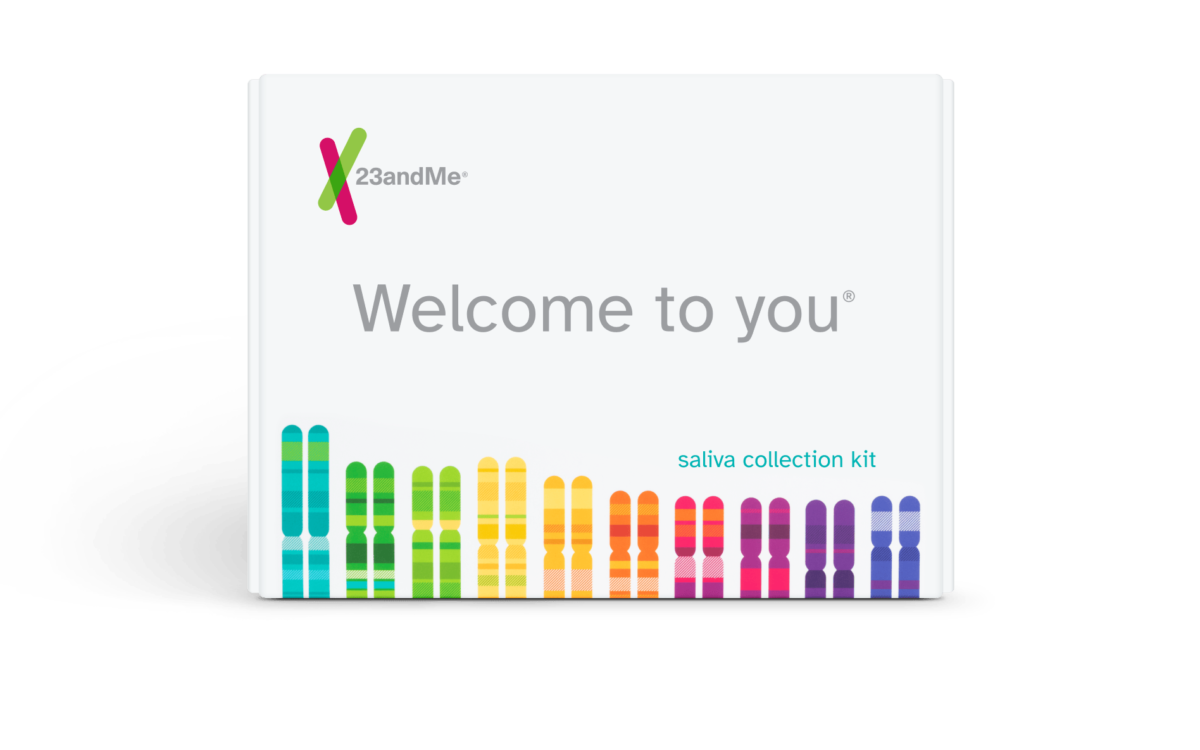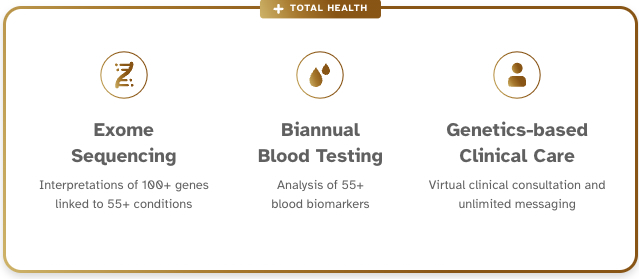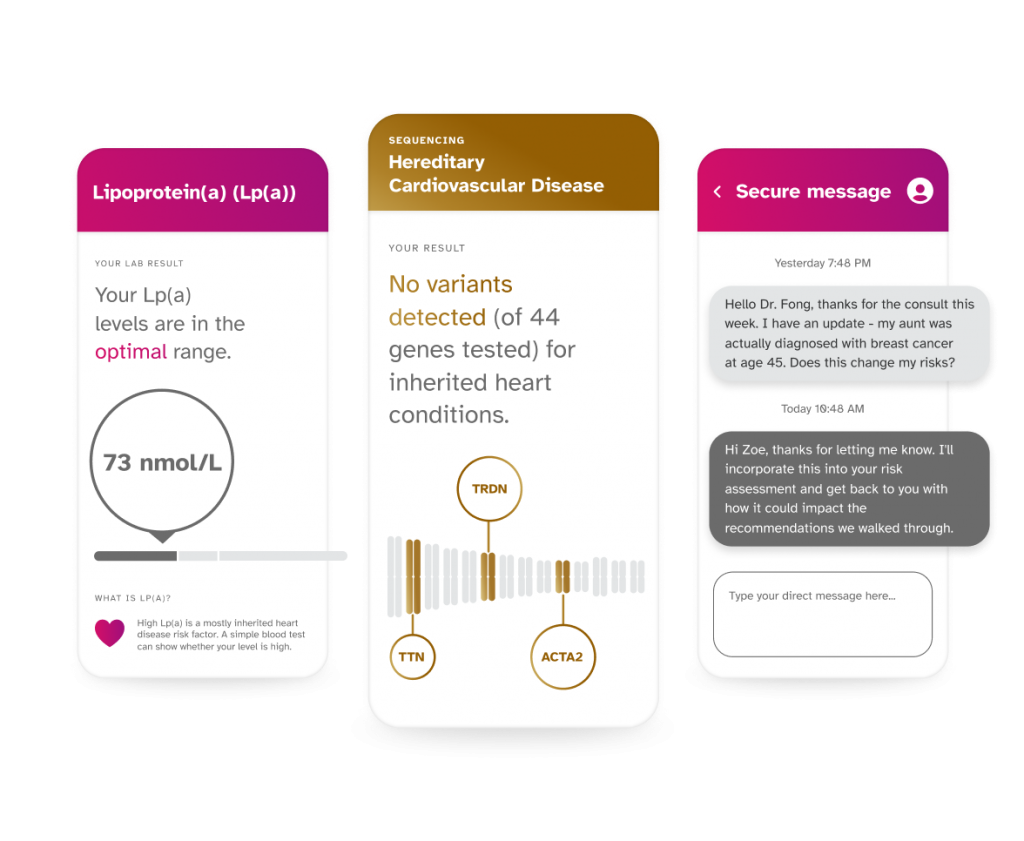Understanding the 23andMe Journey
23andMe was founded in 2006 by Anne Wojcicki, Linda Avey, and Paul Cusenza with a bold vision: to put the power of genetics directly into the hands of consumers. The startup pioneered the direct-to-consumer (DTC) genetic testing market, offering affordable at-home DNA test kits that could reveal ancestry roots, inherited traits, and potential health risks.
The company made headlines early on with its $999 saliva-based DNA test, which later dropped to $99—making it accessible to millions. For the first time, individuals could decode their DNA without going through a doctor or lab. This democratization of genetic data made 23andMe a household name and a Silicon Valley darling.
But with innovation came regulatory friction. In 2013, the U.S. Food and Drug Administration (FDA) halted the marketing of 23andMe’s health reports, citing concerns over accuracy and consumer safety. After years of negotiations, the company received FDA clearance in 2017 for specific health risk reports, such as predispositions to Parkinson’s and Alzheimer’s.
The Business Model Shift
23andMe wasn’t just selling DNA kits—it was building a data-driven biotech engine. Over time, it accumulated one of the largest genomic databases in the world. This treasure trove of anonymized genetic data became a valuable asset for pharmaceutical research.
Image: GSK’s 2018 partnership with 23andMe marked a major turning point for the company’s therapeutics ambitions.
In 2018, 23andMe announced a high-profile partnership with GlaxoSmithKline (GSK), aiming to develop new drugs using its consumer data. The move signaled a pivot from consumer health to therapeutics.
The company went public in 2021 via a SPAC merger, reaching a valuation of nearly $3.5 billion. It was a landmark moment, but also the peak of its trajectory.
Why Did 23andMe File for Bankruptcy?
In early 2025, 23andMe filed for Chapter 11 bankruptcy protection—a stunning development for one of health tech’s most iconic players.
The reasons behind the collapse are multifaceted:
- Declining demand for consumer DNA tests as the novelty wore off
- Privacy concerns and increased scrutiny over genetic data usage
- Limited success from the GSK partnership, with no therapies reaching late-stage trials
- Rising operational costs amid a tougher funding environment for biotech startups
The consumer genetics market matured and contracted. With fewer new customers and limited revenue from therapeutics, 23andMe faced an unsustainable business model.
The Chapter 11 filing offers a path to restructure. However, it remains unclear whether the company will recover, pivot again, or sell off its most valuable asset—its genomic database.
Who Is Anne Wojcicki?
Anne Wojcicki, born in 1973, is the co-founder and CEO of 23andMe. A biology graduate from Yale, Wojcicki began her career as a healthcare investment analyst before disrupting the world of genomics.
She envisioned a more transparent, consumer-centric healthcare model—one where individuals could access and understand their own genetic code. Her leadership helped push personalized medicine into the mainstream.
Wojcicki is a prominent advocate for digital health, women in STEM, and healthcare innovation. She was formerly married to Google co-founder Sergey Brin and is the sister of former YouTube CEO Susan Wojcicki.
Even as 23andMe faces restructuring, Anne Wojcicki remains a powerful voice in biotech, known for challenging traditional healthcare and betting on the future of data-driven medicine.
Subscribe to Disrupting.Healthcare for more insights into MedTech, digital health trends, and the companies shaping the future of care.







